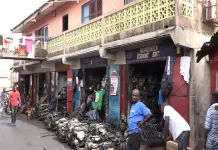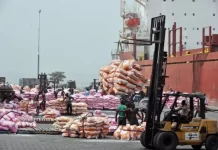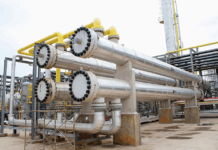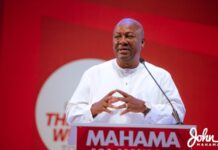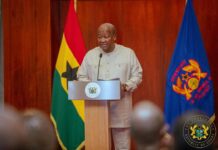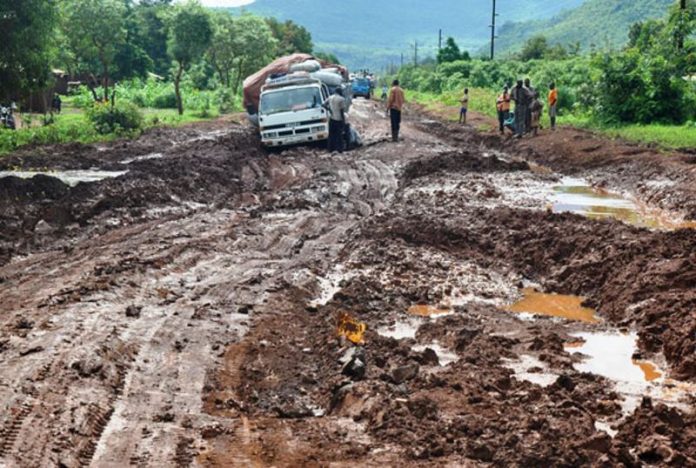
Earlier in July, President Akufo-Addo commented on the poor conditions of the Eastern Corridor road, as the drive was too bumpy for him to sleep during. While the President has made some comments about road projects, these are primarily overshadowed by his major economic initiative of 1 District, 1 Factory (1D1F). While these two projects are not mutually exclusive, the President needs to put more emphasis on roads than factories at this time.
While there are multiple issues for debate in regards to 1D1F, one issue in the initiative’s drafting that was vastly overlooked was transportation.
Why start a massive endeavor to put factories across the country before improving the network that connects the country together? The 1D1F initiative is simply much more strategic politically than it is economically. Establishing factories or enterprises in all 216 districts sounds great to the ears of voters, but on paper that is not necessarily the most economic thing to do, at least not prior to road infrastructure improvements. The government seems to be incorrect in the order in which projects are being prioritized.
Many of Ghana’s roads are unpaved and littered with potholes. In 2017, 61% of the country’s roads were labeled as poor or fair. These types of roads do much more damage than simply provide a bumpy ride. Poor roads, especially those with potholes, can decrease the lifespan of a commercial truck by up to 30%, as truck’s suspensions are not built for the repeated shocks caused by potholes. Ghana’s unpaved roads become especially bad during the erosive rainy season. Poor road conditions also result in considerably slower driving speeds and can lead to greater traffic jams. The transportation of goods from distant rural districts to commercial hubs and the high rates of vehicle degradation will result in significant transportation costs which could be easily lessened with improved roads.
Sidelining factories and prioritizing improving roads would not stagnant the Presidents goals of development. A study conducted by the World Bank found that road maintenance / rehabilitation projects can result in economic returns of over 35%. If President Akufo-Addo had prioritized a state wide rehabilitation of major road infrastructure over 1D1F, it would have been a much more feasible goal that would have still provided employment and further developed the state. Other countries have had great success using road development projects to tackle unemployment and spur economic growth, such as the United States in the 1930s during its largest economic recession.
There is a strong correlation between a country’s road infrastructure and economic development. So much of economic development is focused on increasing the speed and efficiency in which goods, services, ideas, and people are transported.
Ground should not be broken for the erection of factories before more ground is paved.
Andrew David


